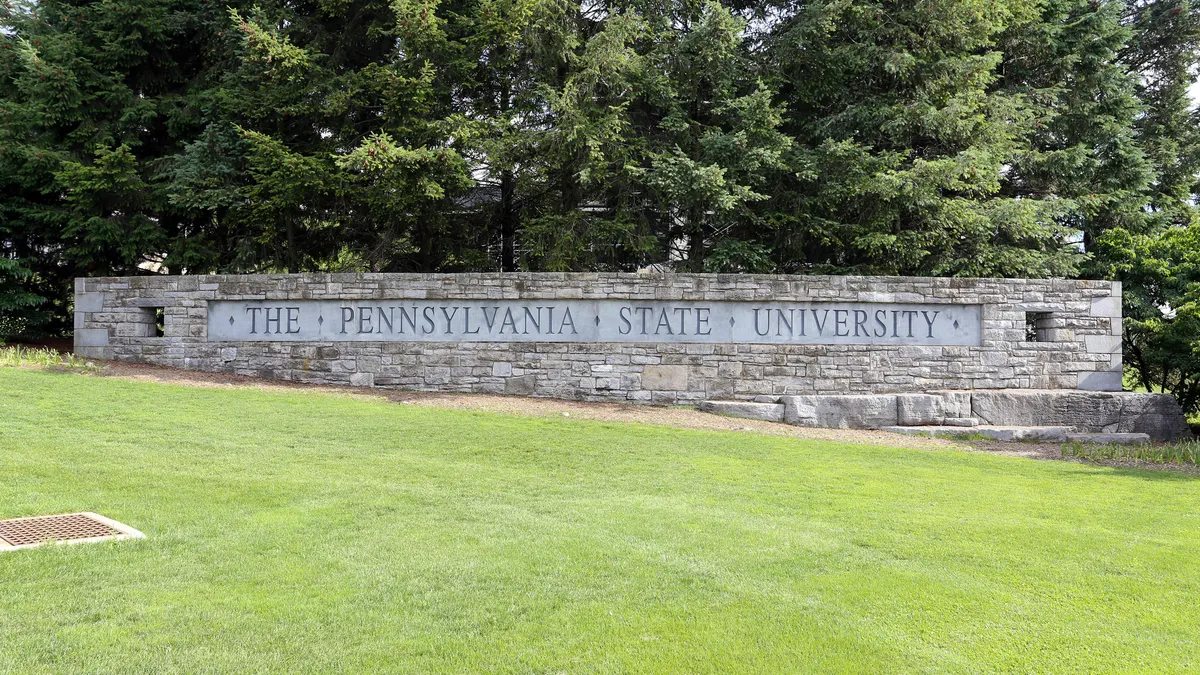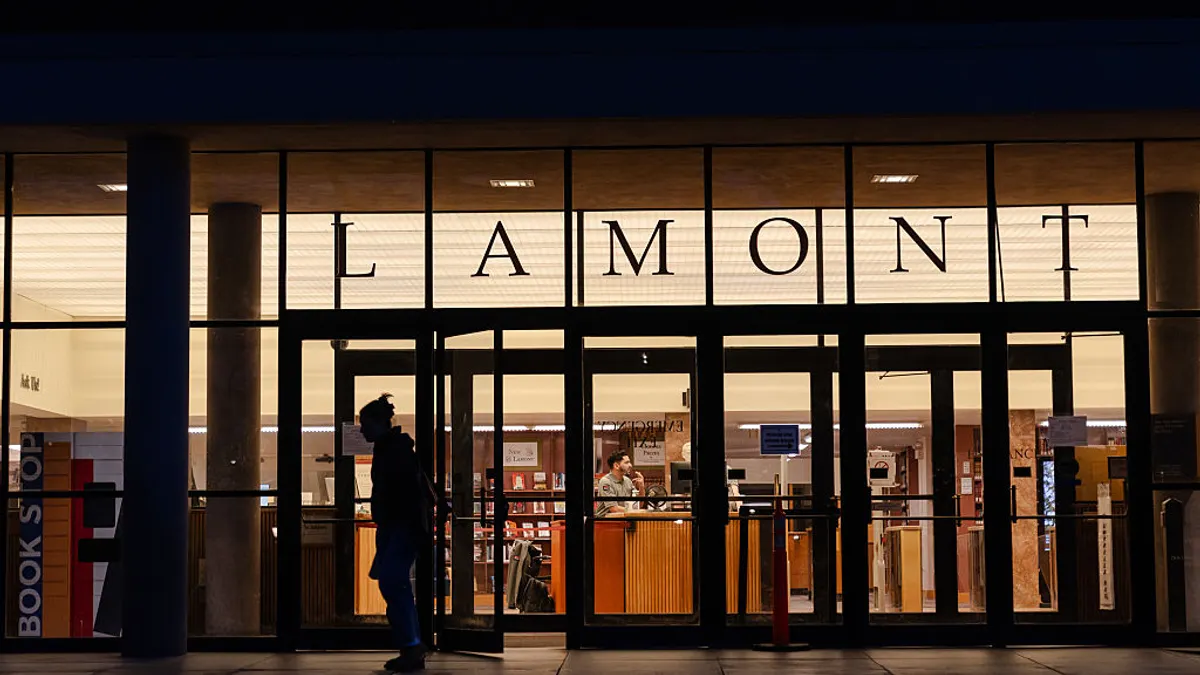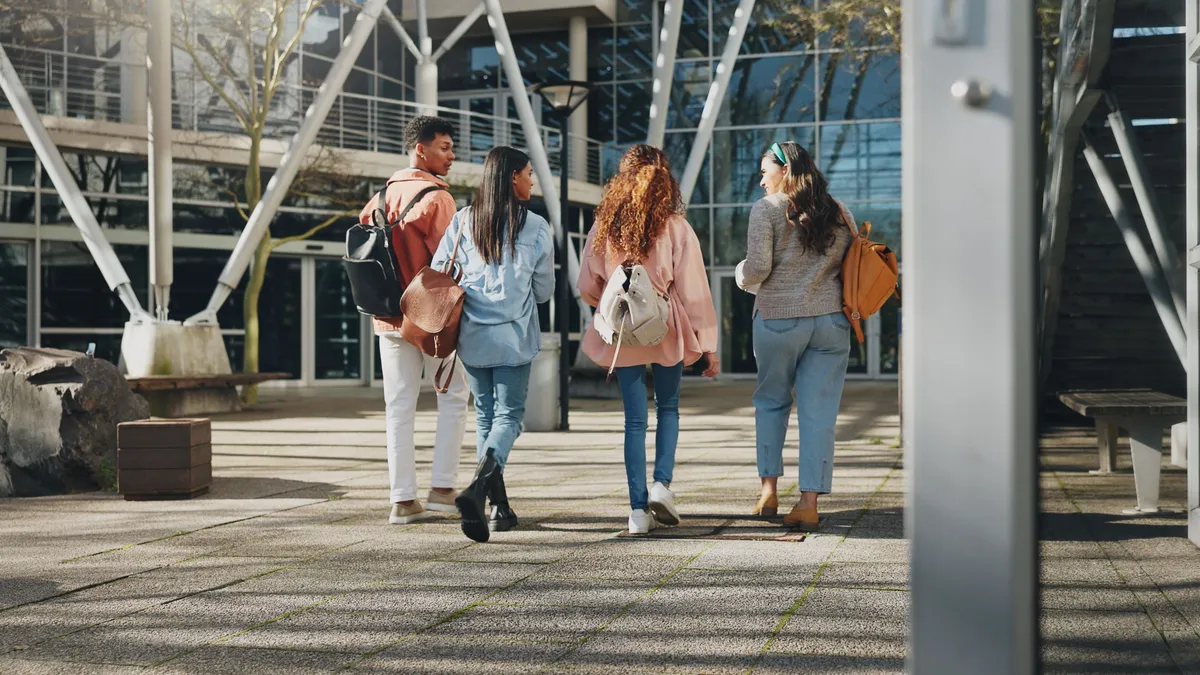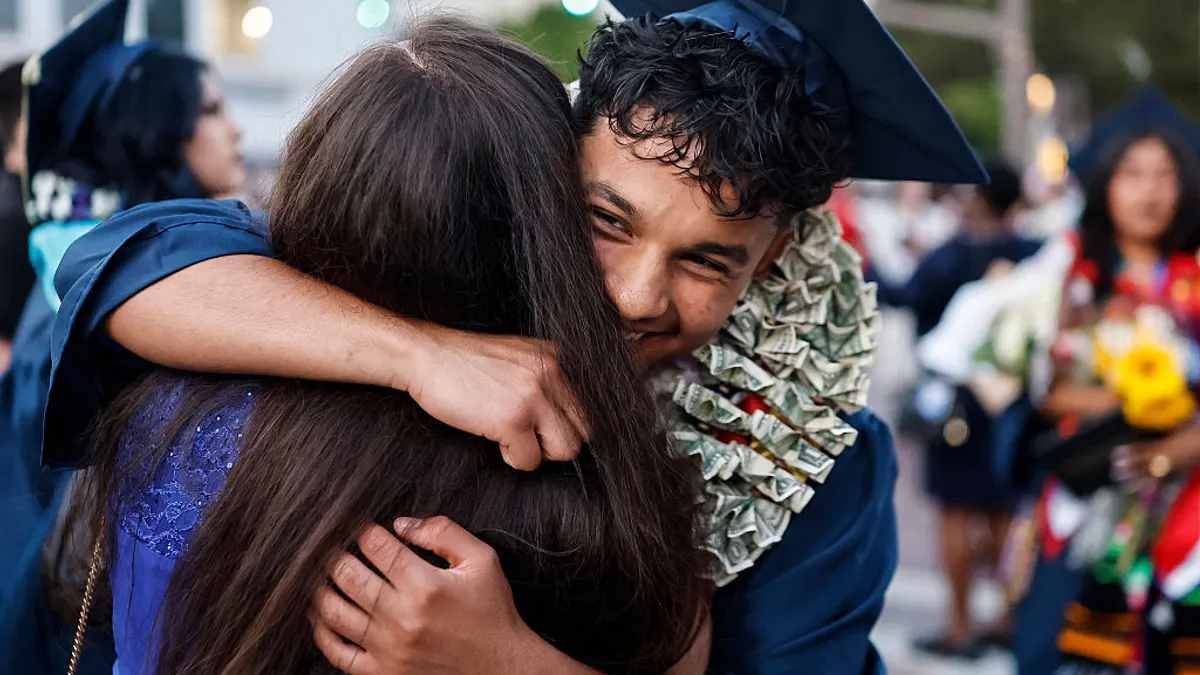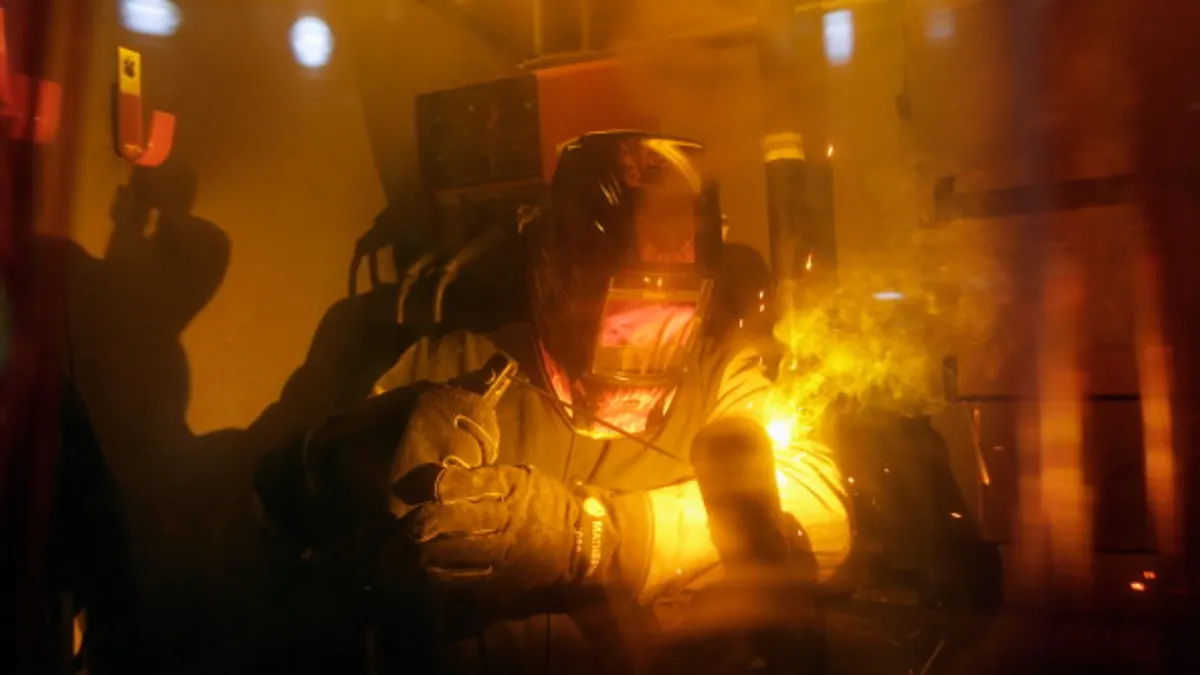Even if every school district in the country committed to hiring one school counselor per 250 students — the ratio recommended by the American School Counselor Association — there likely wouldn’t be enough people available to fill those positions.
“We would then be in a dire personnel shortage,” said Amanda Fitzgerald, assistant deputy executive director of ASCA.
That's because there simply aren't enough qualified personnel or candidates in the pipeline to fill the need for K-12 school counselors.
Though still far from ASCA’s recommendation, the student-to-counselor ratio reached its lowest point in over three decades when it dropped to 408:1 in the 2021-22 school year, according to ASCA. Just a year before, the ratio was 415:1, ASCA said.
National student-to-counselor ratio reaches lowest level in 35-year period
The improvement came as the pandemic heightened a mental health crisis among students of all ages. In an attempt to meet that crisis, more investment is flooding in to support the school mental health workforce of counselors, psychologists and social workers.
One of the more significant financial supports emerged in October, when the U.S. Department of Education opened applications for two school mental health programs totaling $280 million. The funding comes from the Bipartisan Safer Communities Act and FY 2022 appropriations.
One program — Mental Health Service Professional Demonstration Grants — encourages innovative partnerships between districts and higher education institutions to train providers to work in schools and districts.
ASCA will be closely watching the grantees for best practices that can be launched or scaled up elsewhere, Fitzgerald said. The goal is “to continue getting more qualified candidates into the field without starting from scratch,” she said.
This is also a moment for universities to expand into communities where they aren’t physically located through remote instruction, Fitzgerald said.
“There’s a big opportunity for universities to really think outside the box, expand some of these innovative ways to get the training and qualifications to people that might not be physically going to a classroom,” Fitzgerald said.
Addressing burnout for staff retention
Some universities have already jump-started this work.
With funding from the Virginia Department of Education, the Virginia Partnership for School Mental Health launched in 2019 at the University of Virginia to drum up creative solutions to a shortage of school mental health providers in the state, said Michael Lyons, co-director of the partnership.
In the 2021-22 school year, 11.4% of school psychologists and 7.6% of social worker positions in Virginia went unfilled, according to Lyons, an associate professor at UVA. What often happens is there’s only one counselor for an entire school or one psychologist overlooking a whole district, he said.
“That leads to a lot of feelings of isolation, burnout, general stress,” Lyons said.
To address these concerns, the partnership is zeroing in on staff retention, as well as building up the workforce pipeline, he said.
The Virginia partnership developed an online asynchronous training for current school mental health professionals that covers the basics of mental health interventions and how to use data and better organize tasks. This professional development provides extra support and skill building to better prepare and retain staff, Lyons said.
Every month the partnership also runs online professional learning communities for school mental health providers. This provides a space for staff to not only share what they’re learning from the online courses but to also alleviate feelings of isolation at work, Lyons said.
Overall, it’s a vehicle for creating community, he said.
Putting graduate students into K-12 schools
The Virginia partnership is also looking to improve the pipeline by training UVA graduate students to work with high-needs school districts, said Julia Taylor, co-director of the partnership. Graduate students taking courses in mental health leadership can complete direct hours counseling K-12 students while also learning about challenges districts face.
The hope is that, given this experience, these graduate students will want to work full time in a high-needs school district after graduation, Taylor said.
The U.S. Department of Education recently provided $6 million through the new Mental Health Service Professional Demonstration Grant Program to continue the partnership for the next five years, she said.
Another higher ed partnership addressing the mental health workforce shortage is Ohio’s School Psychology Intern grant program.
For several decades, a partnership among the Ohio School Psychologists Association, the Ohio Department of Education and Ohio university training programs has found ways to fund paid internships for graduate students studying to be school psychologists. The grant program is funded through the Ohio state legislature.
For the 2022-23 school year, the program is funding 96 interns, according to Franklin Ziccardi, president of the Ohio School Psychologists Association. Each intern costs the partnership $31,145, which covers their salary and benefits. Paying graduate students to intern as school psychologists in their final year is a useful recruitment tool for the profession, too, he said.
At the same time, school psychology interns can be a major plus for schools, he said. Interns can help lighten the regular practitioner's caseload and free them up to focus more on the students they work with.
For Ziccardi, the surge in school mental health investments at both the state and federal levels sparks hope.
“It’s just making sure that it doesn’t stop now,” he said. “There’s always more that we can do.”






